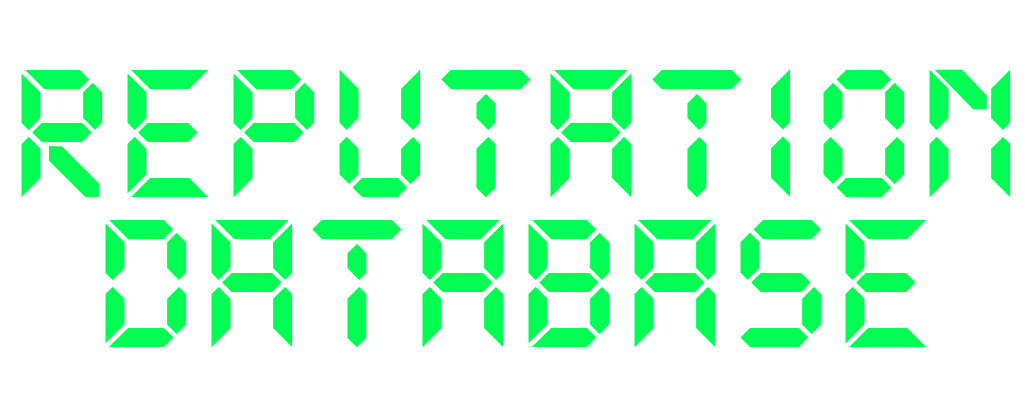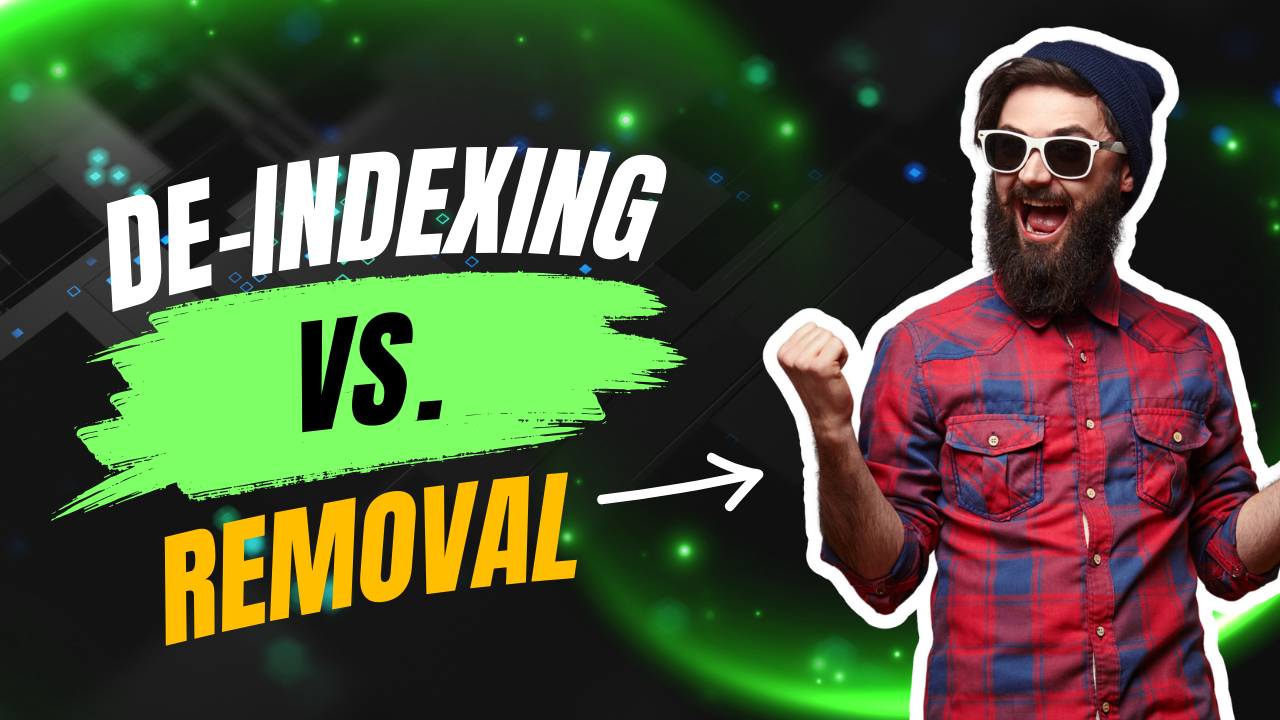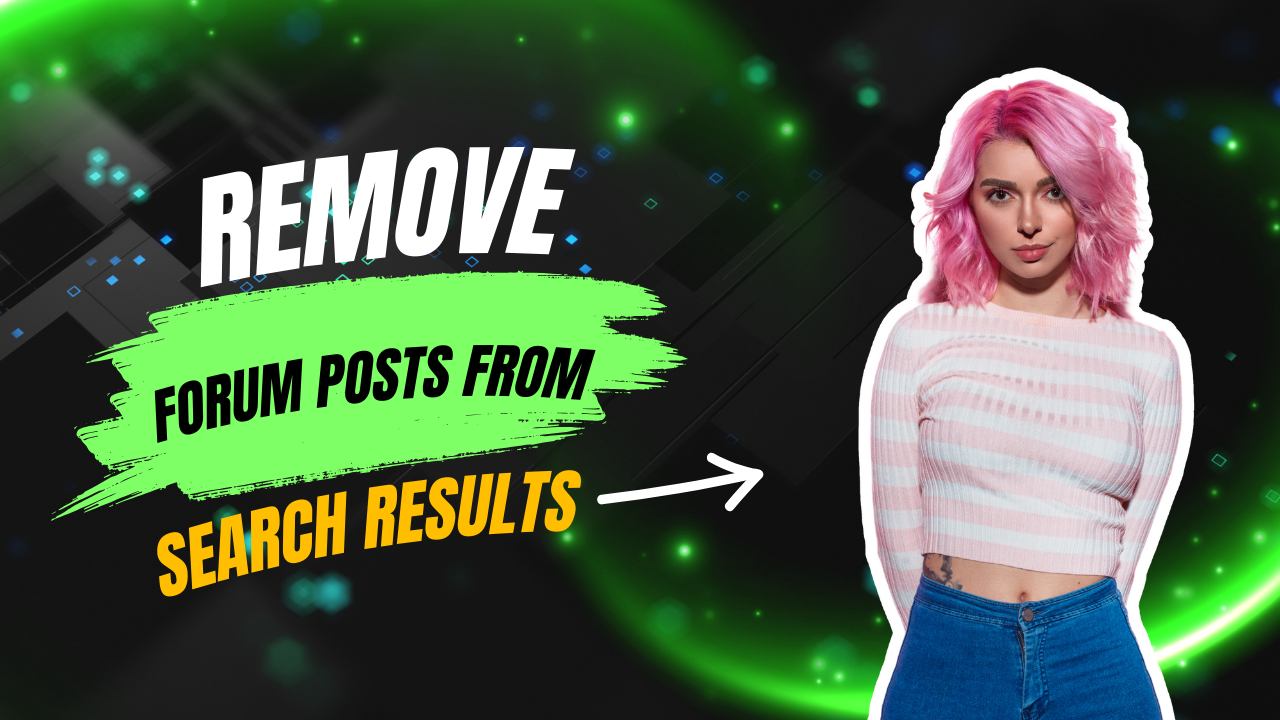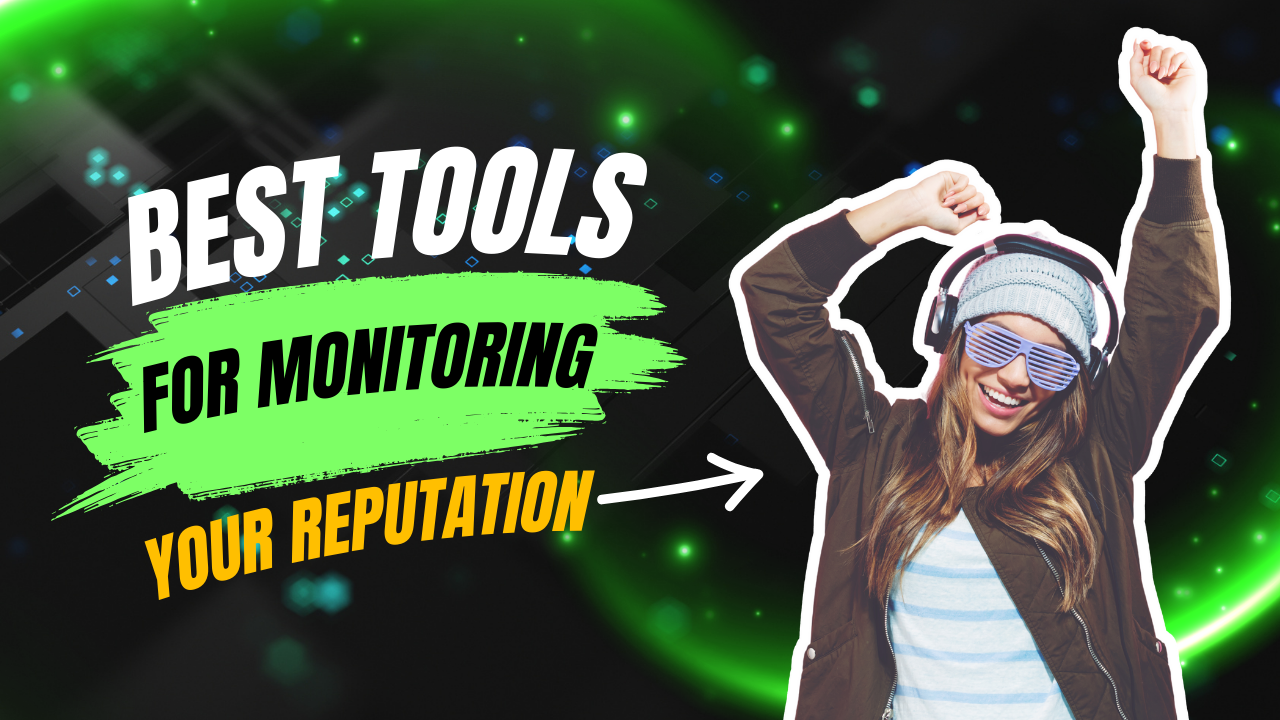If you’re trying to clean up your search results, you’ll see two terms come up a lot: removal and deindexing. While they sound similar, they’re not the same—and knowing the difference can help you figure out the right solution for your situation.
More DB Insights: How to Remove Google Search Results
Why the Difference Matters
Google doesn’t control the content on websites—it only controls what shows up in search. So when you’re trying to get something taken down, it’s important to understand whether you’re trying to remove it from the internet, or just from Google search results.
What Is Removal?
Removal means the actual content is taken down from the original website. The page either gets deleted entirely or edited to remove the harmful information.
Once a page is removed:
- It no longer exists on the internet
- Anyone who visits the link will get a 404 or redirected page
- Google will eventually drop it from search results on its own
This is the cleanest and most permanent solution—but it depends on the site owner being willing to take action.
What Is Deindexing?
Deindexing means the page still exists, but Google hides it from search results. The content is still live and accessible to anyone with the link—but it won’t appear when someone searches for your name or keywords related to the post.
Ways to trigger deindexing:
- Google manually removes it through a request (if it violates policies)
- The site owner adds a “noindex” tag to block it from search engines
- A court order or legal takedown is submitted and approved
Deindexing is often used when removal isn’t possible but you want to reduce visibility.
Which One Does Google Actually Do?
Google doesn’t remove content from the internet—it deindexes it. If your request is approved, the page stays live on the original site, but it disappears from Google Search.
This applies to:
- Personal info removal (addresses, phone numbers, etc.)
- Revenge porn or explicit content
- Outdated or cached versions of deleted pages
- Legal takedowns
If you want full removal, you need to work directly with the website hosting the content.
Why Deindexed Content Still Matters
Even if something is deindexed, it can still be found:
- Through other search engines (like Bing or DuckDuckGo)
- By direct links or bookmarks
- If someone copies and reposts the content elsewhere
Deindexing reduces damage, but it’s not a full solution—especially if the content is sensitive or high-risk.
How to Tell If a Page Is Deindexed
To check if a page is still indexed by Google:
- Copy the full URL of the page
- Search Google for:
site:[URL]
Example:site:example.com/bad-post-about-you - If nothing comes up, the page is likely deindexed
If it still shows up, it’s still indexed and visible in search.
Removal gets content taken down from the internet.
Deindexing hides it from search results—but the page still exists.
If you’re dealing with something harmful, start by trying to get the content removed. If that’s not possible, push for deindexing through Google or the site owner. And if you’re stuck, ReputationDB can help you explore both options—so you’re not at the mercy of search results.



